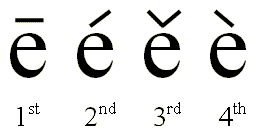Tones
Tones are perhaps one of the hardest pronunciation aspects to learn, but a major recognition factor for natives. Consonants such as z/zh or l/n may be difficult to distinguish due to dialectal differences, but tones are much easier to distinguish. Tones are pitch patterns. Standard Mandarin has four tones, which are often represented in Romanized text by numbers or diacritical marks.| description | example | |
| 1st tone | 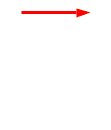 high pitch, remaining even throughout the syllable. like singing a "G": la~ |
|
| 2nd tone | 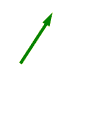 short rising pitch, starting low and rising throughout the syllable like asking a question, "huh?" |
|
| 3rd tone
isolated/ concluding: |
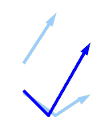 falling pitch, starting at about mid-range, dropping, then rising sharply like questioning, "uh - huh ?" |
|
| before another syllable: | 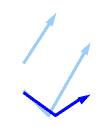 drops, but stays low almost as if two syllables: drop, linger, lift. like assenting, "uh - huh, yeah." |
|
| before another 3rd tone: | 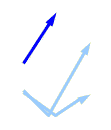 second tone |
|
| 4th tone | 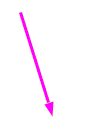 sharply falling pitch, from high to low. like an expletive: hey! *however, try to achieve the precipitous drop in pitch without yelling |
|
| no mark | a neutral, short, unstressed syllable, which usually takes an even pitch from the endpoint of the previous syllable. |
Tones are marked above a vowel in each syllable:
